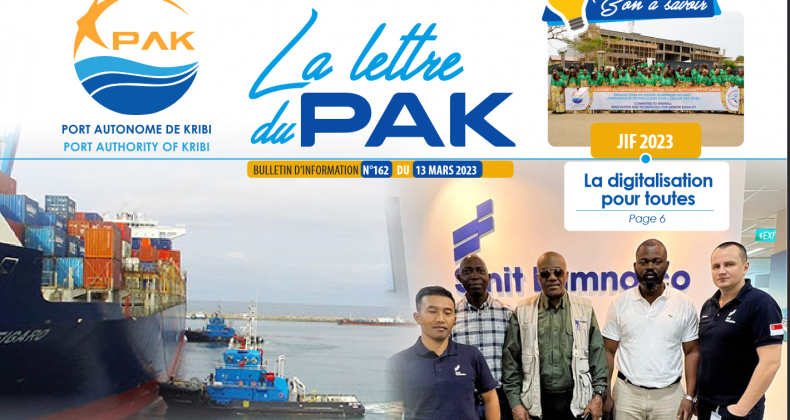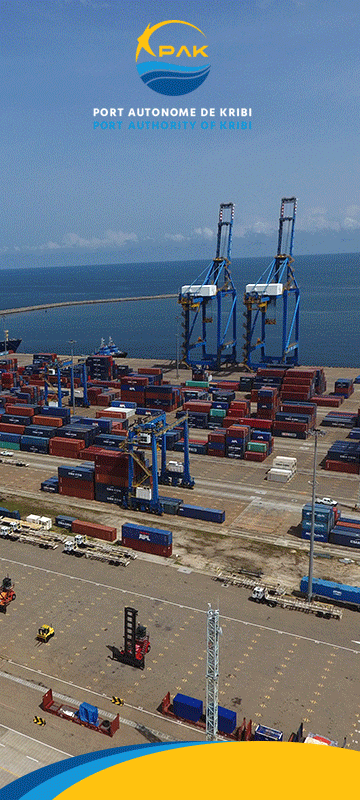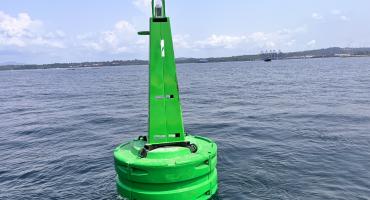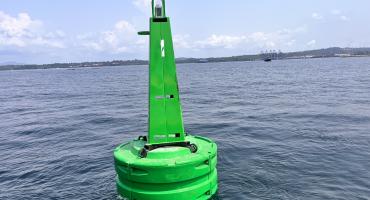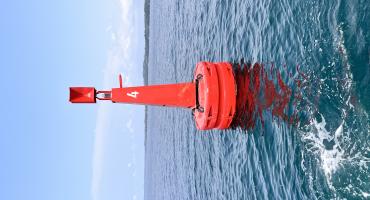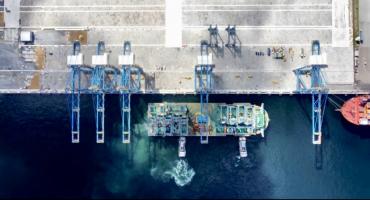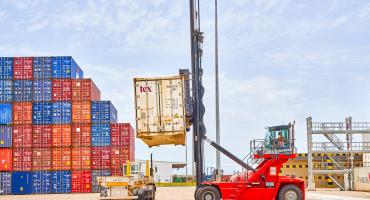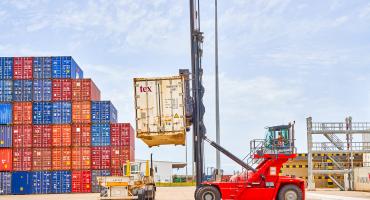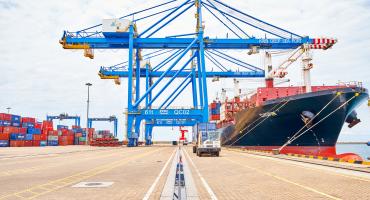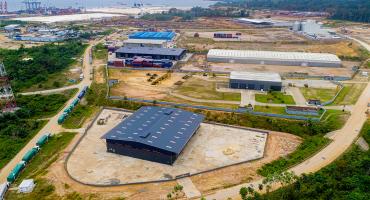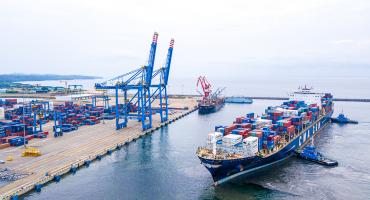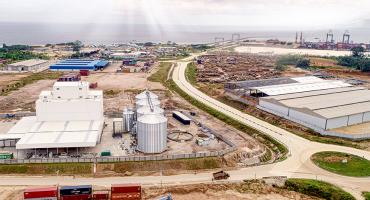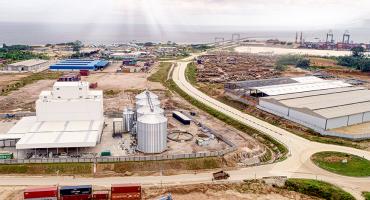The pilots of the Harbour Master's Office of the Port of Kribi have just been trained in Singapore, South West Asia, on the latest technologies used in pilotage and towing. During the New Year Wishes ceremony to PAK Top Management last 9 March, the General Manager Patrice MELOM commended the performance of the Harbour Master's Office of the Port of Kribi. As a matter of fact, since the beginning of activities in March 2018, no vessel accident has been recorded. There have been around 2,000 ship calls equivalent to 4,000 manoeuvres onshore and offshore, and shipping companies are more than satisfied as their feedback reveal.In a bid to stay the course, the General Management provided the opportunity to the 6 pilots supervised by the Harbour Master Bertrand NDI MENDUGENA, to undergo a capacity-building training programme organised in collaboration with Smit Lamnalco, the concession holder in charge of towing and mooring at the Port of Kribi. To be more specific, the training given to pilots and tug owners aimed on the hand to define by mutual agreement techniques for picking up tugs and positioning them during the various stages of pilotage operations. On the other hand, there was a need to improve on the common operating language between the two parties in order to facilitate communication during pilotage operations.
Organised in Smit Lamnalco's training centre in Singapore, the workshops were done in two parts. The first phase was a theoretical training on knowing ASD tug boats, the various scenarios in case of emergency and the procedures thereof, and defining a common operating language during pilotage operations and the various positioning of tugs as per the manoeuvres and the vessel's type and size. The second phase was more practical with simulation exercises in order to put the theory acquired into practice. The pilots could therefore push these experiments to their extreme limits and thus be able to define the admissible thresholds. The advantage here was not only to measure the optimisation of the manoeuvres with tugs, but also to judge their quality.
At the end of the training, one could therefore conclude that the pilot station of the Port of Kribi is now well trained and ready for optimal, safe, and secure operation of tugs. The skills acquired are an added value taking into consideration the second extension phase of the port, which will surely help the port drain increased vessel traffic.

